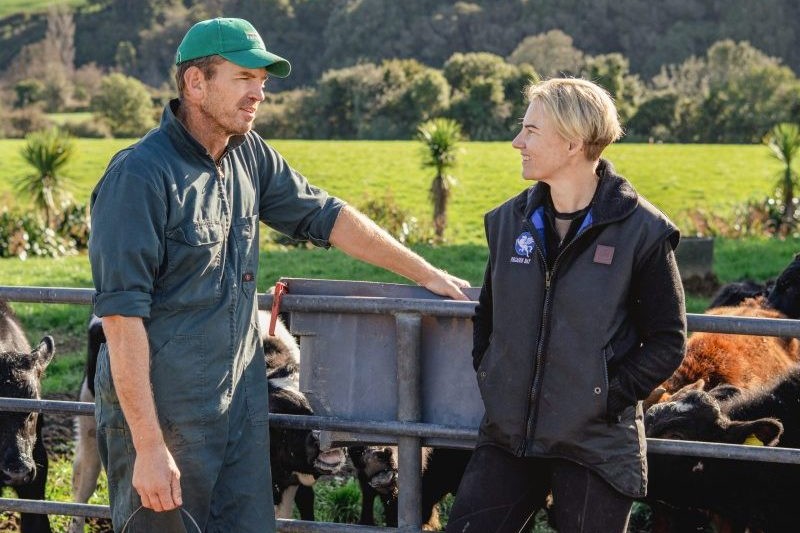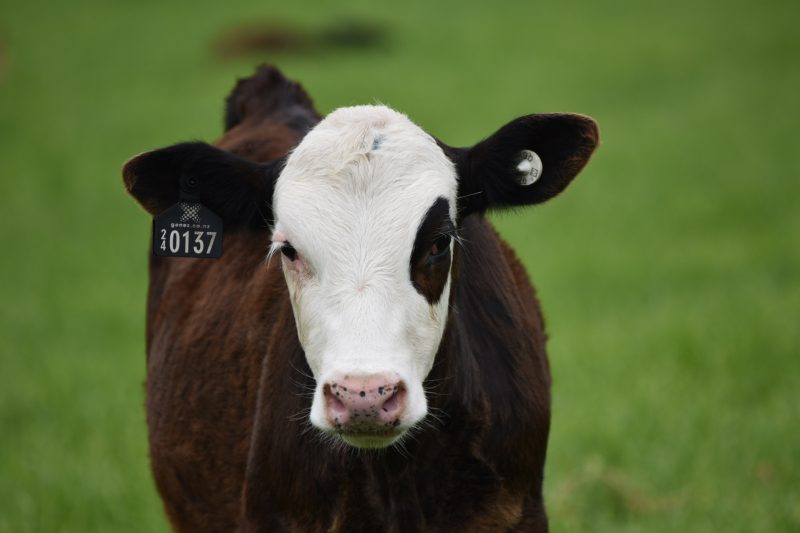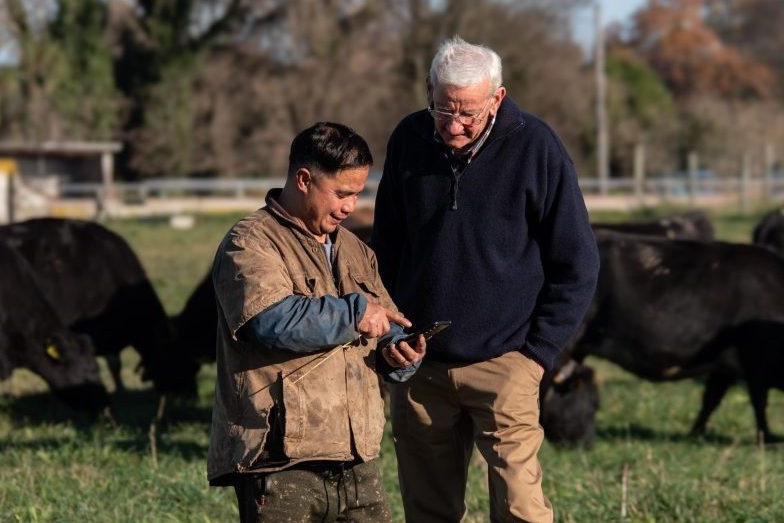Raising a flock of sheep milk lambs is a compressed operation compared to calving. Story by Karen Trebilcock.
Maui Sheep Milk chief executive Greg Hamill is learning patience.
The former LIC genetics business and strategy manager is spending two days a week out of the office this spring on the shores of Lake Taupo teaching pens of lambs to feed.
“I thought calves could be sulky, but lambs!”
With 1350 ewes lambing this spring at Waikino Station, which will equate to a peak milking flock of 1250, and a 160% lambing, that’s a lot of lambs.
“A cow will calve plus or minus 10 days from its AI date but with a sheep it’s plus or minus three days.
“And we have a 70% holding rate to AI so one day there will be nothing to do and the next there are hundreds of lambs to look after,” he says.
Planned start of lambing this year was August 22 and 1000 lambs were born in the first seven days.
“It was all hands on deck. You’re knee-deep in pens full of lambs.”
All the AI ewes are lambed inside to aid survival and for the first two to three days lambs are kept on their mothers.
“We want them to get a good amount of colostrum.
“Then we take them off in the afternoon, leave them overnight and bottle-feed them three times a day for the first day, in pens of 20 to 30, to teach the lambs to feed. Then it’s training them on a calfeteria.”
The milk fed is a mix from the vat and lamb milk powder.
Ewe lambs are kept inside on automatic feeders and transitioned on to a lucerne and pasture silage mix to maximise weight gain. Weaning is at 18kg liveweight.
“We have to get them up to 70% of mature liveweight (which is 75kg) to go to AI in April as hoggets.
“But because they lamb at one year old, instead of as two-year-olds like a cow, the rate of genetic gain is much faster.
“Our breeding is still in its infancy, but it’s improving fast.”
The sheep are a composite, registered with the New Zealand Sheep Breeders Association as Southern Cross, and are a mixture of Lacaune, East Friesian and Awassi with a Coopworth base.
“To start with we couldn’t import semen into New Zealand as MPI had no protocol, so we used some East Friesian embryos that had been stored frozen from the 1990s.”
From 2015 they were crossed with Coopworths and Awassi (a Middle Eastern milking breed brought into NZ in the 1990s) until the import protocol was developed which allowed new bloodlines of East Friesian into the country as well as the prized Lacaune semen in 2017.
Lacaune are from the south of France and are part of the only large-scale sheep dairy genetic programme in the world.
Although new milking bloodlines are imported each year, the original hardiness of the Coopworth genetics also play a part with the milking sheep run mostly outside on pasture.
Although ewe lambs usually stay inside until weaning, ram lambs are outside, not needed for mating until they’re two years old.
“They have a bit more time to grow. We’re really pushing the ewe lambs to make sure they’re ready to get in lamb.”
All the lambs which are part of the genetic programme are raised to either stay onfarm or go to one of the many Maui Milk suppliers.
Rams are used for semen production or natural mating with one ram run per 100 ewes.
“We need about 30% to 35% ewe replacements so it’s a little higher than with cows.”
Lambs not required, including those from natural matings, are given away to local farmers at a few days old at a ratio of five lambs with a bag of milk powder.
“We recognise the economics aren’t great for raising lambs, and they will grow a little slower than a lamb that’s been bred for meat quality, so that’s why we include the bag of milk powder.
“The last thing we want to do is have to euthanise them.”
Unlike cows, the ewes are giving birth to singles, twins, triplets and even quads. And it’s usual for the multiple births to have smaller liveweights needing more feeding to reach weaning.
“Ewes which have multiple births produce more milk, and as an industry that’s what we’re after.
“However, as a genetics company we also recognise the complexities multiple births have on our suppliers’ farming operations.
“But those smaller lambs, they’re fighters. They’ll learn to feed off a bottle usually a lot quicker, and at a calfeteria they’ll fight for their space amongst the bigger ones.”
The best of the ewes are artificially inseminated using laparoscopic technology that is done after the animals are dried off.
“Fundamentally, the breeding programme is the same as with cows. We breed from the best and get rid of the worst, but we’re putting a different emphasis on traits than we do with cows.
“Obviously milk production and good udders, but also somatic cells. When one of the milking sheep gets mastitis we have to dry it off as we can’t use any antibiotics on the milking animals.
“Also feet. Sheep have a lot of foot problems especially with the wet, soft ground in the Waikato.”
Because they’re sheep, they have to be shorn with shearing twice a year, a cost to the business with the wool worth less than the expense of shearing.
“Herd testing” is eight times a lactation so Greg has plenty of information to work with. He’s enjoying the challenge of having a commercially producing flock but also one targeting huge genetic gain.
“I think sheep milking can only increase in New Zealand. Certainly, if looking at greenhouse gases, they’re a lot better option than cows and the nutrient quality of sheep milk is vastly different to cows or goat milk.
“We’re getting a lot of enquiries, from dairy farmers as well as sheep and beef. Farmers with 60 to 70 hectares can certainly have a viable business milking sheep.”





